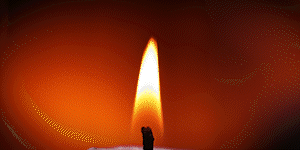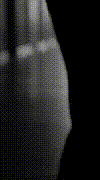I'm not sure what exactly you want to know... Layers are elements of the document structure of a photoshop (or similar software) file. You can imagine them to be like different glass panes onto you can paint, stacked on top of eachother, showing through eachother, thus enableing you to work on -say- the background, without affecting a character that you'd already drew on the foreground (which would be on a different layer) Layers can be used for a whole lot more than that: you could put your linework on one layer, set it to "multiply" (a layer setting in photoshop), create another layer below it, and paint your colour on that one. That way you can apply colours to your drawing without affecting the linework.
this is just the first tutorial I came across when googling for digital coloring tutorials, but he seems to use pretty much the same basic coloration technique that I use:
http://www.tomrichmond.com/blog/?p=856
Gradients are best not used for colouration unless you want to create highly stylized, Cartoon Network -like toon figures. basically they will fill an entire (selected) area with a colour gradiend flowing smoothly from one colour to the other, without any texture. I only use them from time to time for lighting effects, and most of the times after the initial drawing has been completed. Knowing the style of your lineart, I believe it would much more benefit from a technique similar like that in the tutorial I linked to.
As far as I have tested out myself, Pixia seems like a program capable of producing some pretty advanced results, but it's interface is hardly understandable. Dogwaffle seems to be simpler looking, but appearantly hasn't got any layer support at all.
If you want to go for a free program, choose GIMP. Or it's slightly altered version GIMPshop.
Otherwise, you could download the trial version of Photoshop Elements, so you could at least try out some techniques in a user-friendly environment and get used to the digital medium.
🙂




